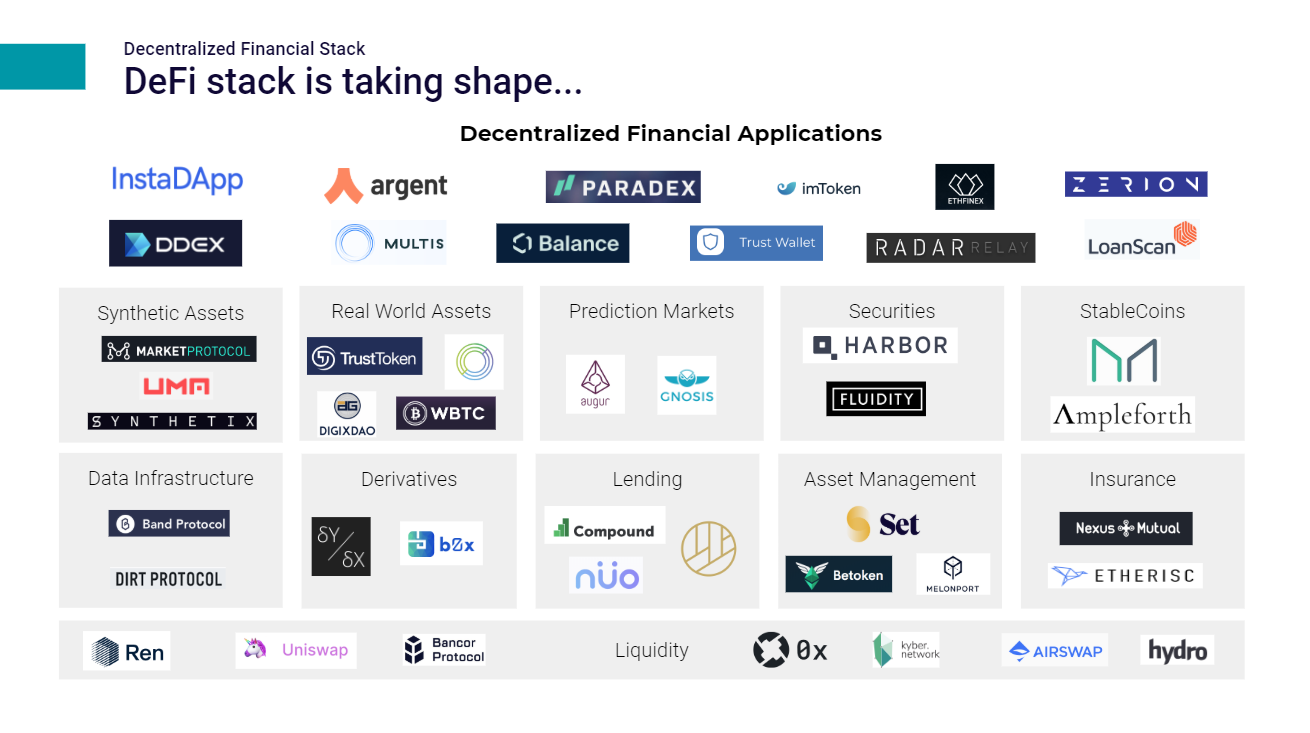Table of contents
- Introduction
- Getting Started
- Ocean Market
- Buying Data Assets on Ocean Market
- Selling / Publishing Data Assets on Ocean Market
- Staking on Data Assets in Ocean Marketplace
- Data assets on Alternate Chains
- Outro
Introduction
Organizations and individuals generate vast amounts of monetizable data on a daily basis. Most of this data is locked away in proprietary databases due to privacy concerns or due to the lack of avenues for monetizing this data securely and fairly.
Ocean Protocol [1] provides the ability to monetize Data Assets using the Ethereum building blocks of ERC20 tokens. Data Owners can create Datatokens to control access to their data while pricing them on an open market. Datatokens once created can be bought, sold, stored, used and staked using existing Ethereum Wallet and Decentralized Finance (DeFi) infrastructure.
The implications of this ability to monetize data at scale using blockchain rails for privacy and access control have not been broadly understood and appreciated yet. For the curious student, Data Scientist, Enterprise Executive or speculative trader willing to "fall down the rabbit hole", this presents a very unique opportunity for knowledge and data arbitrage.
The difficulty, however, is that first-time users of Ocean (among other Web3.0 dApps) tend to be confused by jargon or scared by the possibility of losing their data and/or funds to malicious actors. This guide has been written exactly with such users in mind.
The emphasis in this guide is practical, with step-by-step instructions and intuitive explanations provided on topics that might be unfamiliar to people with no knowledge of Wallets, Ocean Protocol and DeFi. References are provided where a short explanation may be insufficient or to encourage the user to explore further. Short exercises are included at the end of each chapter to test the readers' grasp on the matter covered.
Upon completion of this guide, the reader should be able to perform the following confidently and securely:
- Create a Metamask Wallet.
- Request testnet ETH and testnet $OCEAN (Ocean Protocol Token).
- Navigate Ocean Market.
- Create, price, sell/publish and monitor Data Tokens on Ocean Market with full access control to a data asset.
- Buy a data asset on Ocean Market.
- Stake on a data asset on Ocean Market.
I sincerely hope that you find this gentle, no-code introduction to the world of Data DeFi useful. A Python version geared more towards Python Developers and Data Scientists is in the works. This guide should contain topics such as compute-to-data, dockers and Ocean Architecture that are too advanced for a 101-style treatment.
Your feedback is very valuable. Knowing that the work being produced is being consumed meaningfully would be a great boost to my efforts. By that same token, those who didn't find the content meaningful are also encouraged to leave feedback.
You can find me on Twitter (@antaraxia_kk). If you found the content valuable, please don't forget to subscribe to my free newsletter where I write about Web3.0, AI and the infinite possibilities that the merger of these two powerful technologies will bring.
Happy Reading!
Click here to access the next chapter or Return to Table of Contents
Disclaimer: This guide is purely informational. None of the information on this guide or site is investment advice.
References
- Ocean Protocol (www.oceanprotocol.com)
- Ocean Market (https://market.oceanprotocol.com/)
- Data Tokens (https://blog.oceanprotocol.com/ocean-datatokens-from-money-legos-to-data-legos-4f867cec1837)
